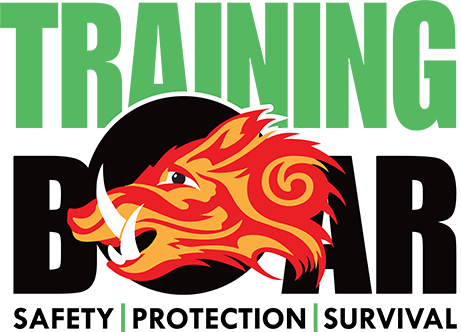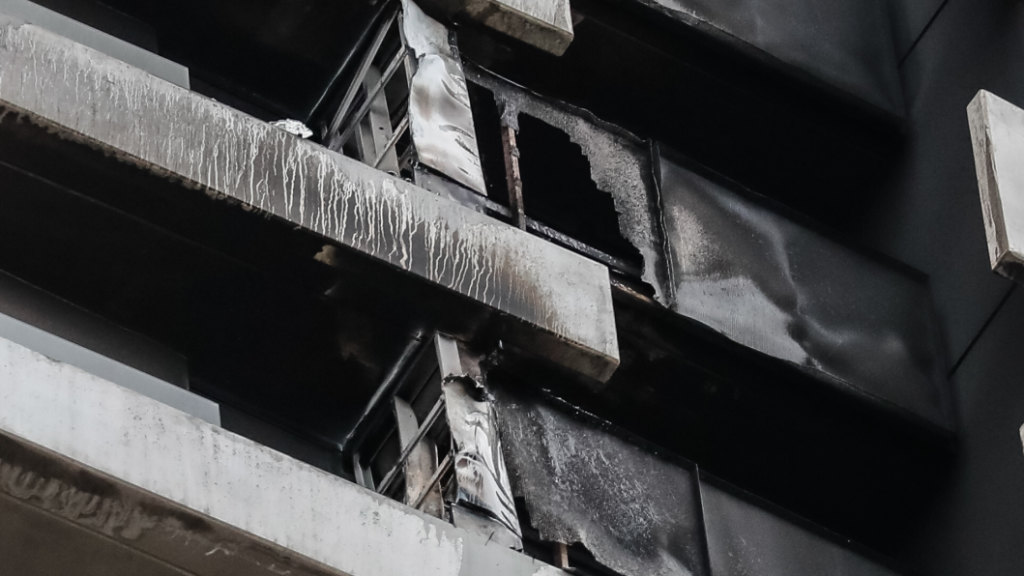Flammable cladding to be banned from all new Queensland buildings
Potentially deadly combustible cladding will be banned from all new Queensland buildings.
The combustible cladding ban would extend to all aluminium composite panels with a polyethylene core of more than 30 per cent and restrict usage across all buildings in Queensland.
![]()
![]()
Cladding with a polyethylene core is not flame retardant.
It comes after industry support for the proposed new regulations, which were discussed at the Ministerial Construction Council on Tuesday.
Following the Grenfell Tower fire in Britain in June 2017, which killed more than 70 people, flammable cladding was found on five Queensland government buildings, including the Princess Alexandra Hospital, Logan Hospital, a Queensland Rail building in Brisbane and the former Children’s Court on Quay Street.
Housing Minister Mick de Brenni said the proposed new regulation would help protect Queenslanders but called on the federal government to protect Australians and introduce an importation ban on all aluminium composite panels with a PE core.
The proposals discussed on Tuesday’s meeting also include requiring certifiers to declare that combustible cladding had not been used and there had not been any product substitution during the construction process.
Mr de Brenni said the ban on combustible cladding paved the way for the government to allow certifiers to hold professional indemnity insurance with cladding-related exclusions.
The change would mean Queensland’s 400 licensed certifiers, who had been finding it more difficult to secure public indemnity insurance to sign off on buildings, would be able to continue to work.
“By banning combustible cladding on new construction in Queensland, it means there doesn’t need to be an expense for certifiers in the form of exclusion-free insurance,” Mr de Brenni said.
“However, allowing insurance with exclusions is a time-limited solution that provides the industry with immediate confidence to continue operating.
“We’ve already seen insurers attempting to cut and run from the market by withdrawing their insurance products and that means they escape their obligations, and that’s not on.
“This has put at risk hundreds of thousands of jobs in the sector and it’s got the potential to impact homeowners who would be left holding the can if they have to pursue litigation with dodgy buildings.
“Certifiers provide a level of protection for homeowners and we need to keep them in the industry.”
In 2017, the Queensland government began a cladding audit of buildings built between 1994 and 2004.
In March, more than privately owned 18,000 buildings registered online as part of the state’s efforts to remove cladding from existing apartment buildings and office blocks.
Property owners have until May 2021 to complete a full set of checks and compliance reporting to the Queensland Building and Construction Commission to ensure their buildings are safe.
Article By Felicity Caldwell – Brisbane Times – Source Link – July 3, 2019, 2.58pm


